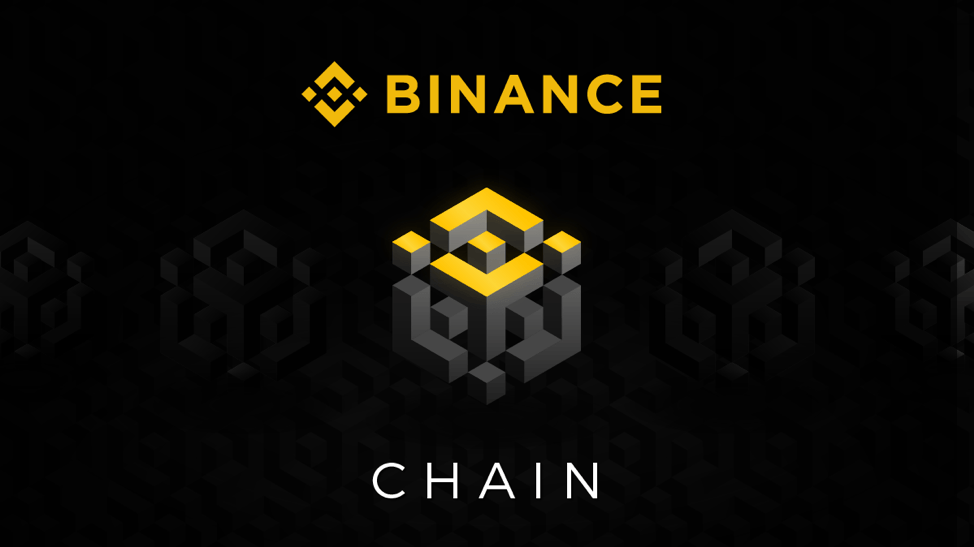Understanding Binance Smart Chain and its Difference from Binance Chain
In the world of cryptocurrencies, Binance has established itself as one of the leading platforms for trading and exchanging digital assets. Binance Chain, launched in 2019, was the blockchain infrastructure that powered the Binance decentralized exchange (DEX). However, Binance Smart Chain (BSC) is a recent addition to the Binance ecosystem, offering a new set of features and capabilities.
1/17/20243 min read


In the world of cryptocurrencies, Binance has established itself as one of the leading platforms for trading and exchanging digital assets. Binance Chain, launched in 2019, was the blockchain infrastructure that powered the Binance decentralized exchange (DEX). However, Binance Smart Chain (BSC) is a recent addition to the Binance ecosystem, offering a new set of features and capabilities.
What is Binance Smart Chain?
Binance Smart Chain is a blockchain platform developed by Binance, designed to enable the creation and execution of decentralized applications (DApps). It was launched in September 2020 and operates parallel to Binance Chain, offering compatibility with the Ethereum Virtual Machine (EVM). This compatibility allows developers to easily port their existing Ethereum-based DApps to the Binance Smart Chain ecosystem.
One of the key goals of Binance Smart Chain is to provide a high-performance blockchain infrastructure that supports fast and low-cost transactions. It achieves this by utilizing a consensus mechanism called Proof of Staked Authority (PoSA). PoSA combines the benefits of Proof of Stake (PoS) and Byzantine Fault Tolerance (BFT), ensuring both decentralization and efficiency.
Differences between Binance Smart Chain and Binance Chain
While Binance Smart Chain and Binance Chain are both part of the Binance ecosystem, there are several notable differences between the two:
Consensus Mechanism:
Binance Chain uses a consensus mechanism known as Tendermint, which is based on Byzantine Fault Tolerance (BFT). This mechanism allows for fast block confirmation times but relies on a smaller number of validators. On the other hand, Binance Smart Chain utilizes Proof of Staked Authority (PoSA), which combines Proof of Stake (PoS) and Byzantine Fault Tolerance (BFT). This consensus mechanism enables faster block times and a larger number of validators, resulting in higher throughput and improved decentralization.
Interoperability:
Unlike Binance Chain, which primarily focuses on supporting Binance DEX and Binance Coin (BNB), Binance Smart Chain offers compatibility with the Ethereum Virtual Machine (EVM). This means that developers can easily deploy and run Ethereum-based DApps on the Binance Smart Chain without significant modifications. The interoperability between BSC and Ethereum opens up new possibilities for developers and users, providing a wider range of options and opportunities.
Transaction Fees:
Transaction fees on Binance Smart Chain are generally lower compared to those on Binance Chain. This is due to the use of dual-chain architecture, where Binance Smart Chain operates alongside Binance Chain. By leveraging the PoSA consensus mechanism, Binance Smart Chain achieves faster and more cost-effective transactions, making it an attractive option for users looking for efficient blockchain transactions.
Tokenomics:
While Binance Chain has its native cryptocurrency, Binance Coin (BNB), Binance Smart Chain introduces a new token called Binance Smart Chain Token (BSC). BSC serves as the native cryptocurrency of the Binance Smart Chain ecosystem and is used for transaction fees, staking, and participating in governance decisions. The introduction of BSC enhances the overall functionality and utility of the Binance Smart Chain platform.
Benefits of Binance Smart Chain
Binance Smart Chain offers several benefits that make it an attractive choice for developers and users:
Low Transaction Fees:
With the use of PoSA consensus mechanism, Binance Smart Chain ensures low transaction fees, making it more cost-effective for users to interact with DApps and perform transactions on the blockchain.
Fast Confirmation Times:
By combining Proof of Stake (PoS) and Byzantine Fault Tolerance (BFT), Binance Smart Chain achieves faster block confirmation times, enabling quicker transaction processing and a better user experience.
High Throughput:
The larger number of validators and improved consensus mechanism of Binance Smart Chain allows for higher throughput, meaning the network can handle a greater number of transactions per second.
Interoperability:
With its compatibility with the Ethereum Virtual Machine (EVM), Binance Smart Chain offers developers the opportunity to easily deploy and migrate existing Ethereum-based DApps to the Binance Smart Chain ecosystem, expanding the reach and potential user base.
Native Token Utility:
The introduction of the Binance Smart Chain Token (BSC) adds utility and functionality to the ecosystem, allowing users to participate in governance decisions and stake their tokens for rewards.
Conclusion
Binance Smart Chain is a powerful addition to the Binance ecosystem, offering developers and users an efficient, low-cost, and high-performance blockchain platform. With its compatibility with the Ethereum Virtual Machine and enhanced consensus mechanism, Binance Smart Chain opens up new possibilities for decentralized applications and expands the capabilities of the Binance ecosystem as a whole.
community
Made with ❤️ for everyone...
Products
Trading Futuros (soon)
